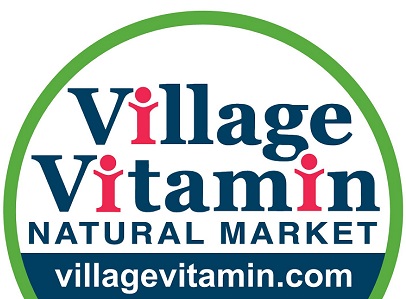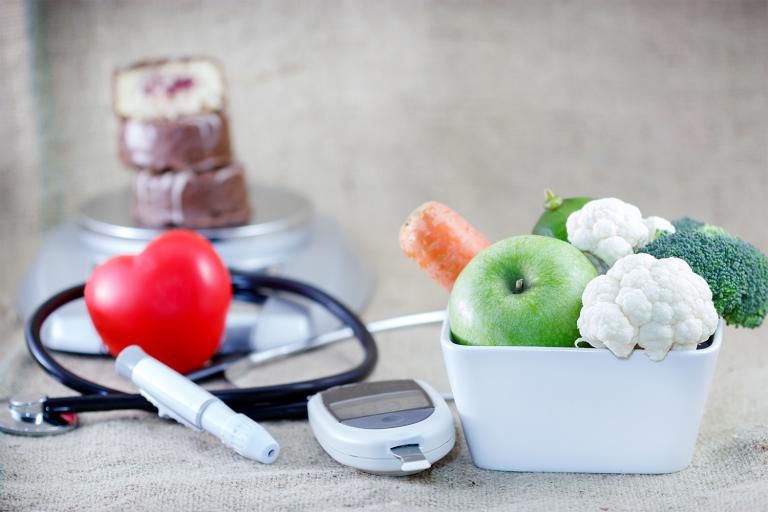I firmly believe that the number one health threat to the lives of both adults and children in this country is diabetes. There are two kinds of diabetes, creatively named Type 1 and Type 2. Type 1 is an autoimmune disease in which the insulin-producing part of the pancreas is destroyed by one’s own immune system. It usually manifests itself in childhood or during the teen years. These individuals need to take insulin the rest of their lives because their body can no longer make insulin. Thus far, this type of diabetes is not reversible unless you have an experimental pancreas transplant.
Type 2 diabetes is much more common, and makes up about 95 percent of the cases of diabetes in America. This type of diabetes is a metabolic syndrome in which the cells of the body become resistant to insulin and won’t let sugar inside the cell. This creates an unfortunate situation where the cell is starving—the food can’t be delivered—and the body is suffering because abnormally high levels of sugar continue to circulate in the bloodstream.
Even slightly elevated blood sugar can wreak havoc on our health. High levels of sugar in the blood cause oxidative damage and inflammation. Problems with abnormal blood sugar have become an epidemic. According to the Centers for Disease Control and Prevention (CDC), about 35 percent of American adults (20 or older) have pre-diabetes—fasting blood sugar levels in the 100 to 125 mg/dL range. Those levels of sugar, even when you haven’t been eating, could mean that you’re on track to develop Type 2 diabetes. Unfortunately, about 50 percent of Americans over the age of 65 have high blood sugar levels. And many won’t know they have a problem until serious physical symptoms appear.
Type 2 diabetes is almost completely preventable. Sedentary lifestyles and the commercial manipulation of our diets and food choices are directly to blame. That isn’t meant to be a judgement on anyone’s willpower or athleticism; it’s a direct manifestation of our industrial scale food system. We’re eating more refined sugars, carbs, and high-fructose corn syrup than any time in history. Many foods are filled with chemical additives that didn’t exist 75 years ago. We are Stone Age bodies trying to live in a rapidly changing dietary environment and most simply cannot adapt.
Replacing refined carbohydrates and sugars with healthy fats and proteins in your diet can be one of the most powerful steps you take to get your blood sugar under control.
It may seem counterintuitive that adding more fat helps you lose weight and achieve better blood sugar balance. However, a higher fat and protein diet doesn’t add to the burden of sugar in your bloodstream, and it forces your body to use its energy resources more efficiently.
Some excellent foods include that help keep your blood sugar healthy include:
- Eggs
- Nitrate/nitrite (preservative) free beef, chicken, turkey, and duck
- Coldwater fish
- A variety of vegetables
- Fats like butter, coconut oil, olive oil and avocado
- Nuts (preferably not roasted in soy, corn, or canola oil)
By training your body to stop using glucose (sugar) as its primary source of energy, you help break your reliance on sugar and carbs, and reduce your risk of diabetes.
Helpful Herb to Fight Diabetes
After addressing diet and exercise, there is another step that for many proves quite useful in getting blood sugar back into normal range by adding an extract of the plant Hintonia latiflora to your regimen.
Hintonia has been clinically studied in Europe for over 60 years and developed into a natural medicine sold in German pharmacies specifically for prediabetes or Type 2 diabetes. Early research showed that the botanical product could be equal to or better than antidiabetic drugs in mild to moderate cases of Type 2 diabetes. Since then, studies have found that it could help people reduce or sometimes even replace their medications—all under their doctor’s supervision, of course.
In one clinical study, the hintonia-based product (combined with a few additional vitamins and minerals for support) lowered A1C (the average levels of blood sugar over time) 11 percent and fasting glucose 24 percent. Overall, diabetes symptoms dropped from a score of 4.8 points to 1.3 points, and 39 percent of those still using medication could reduce their levels.
The reason that hintonia works is related to a compound in the bark, coutareagenin, that has been shown to stabilize blood sugar levels and reduce insulin resistance. It also appears to partially inhibit alpha-glucosidase, an enzyme that releases sugar from carbohydrates. It does not block carbs, but slows their conversion to sugar to reduce the strain on the body’s insulin response.
As you begin incorporating healthier foods and exercise into your regimen, along with a Hintonia latiflora extract that can help you accomplish your blood sugar goals, you’ll notice a difference in weight, energy, and overall outlook.

